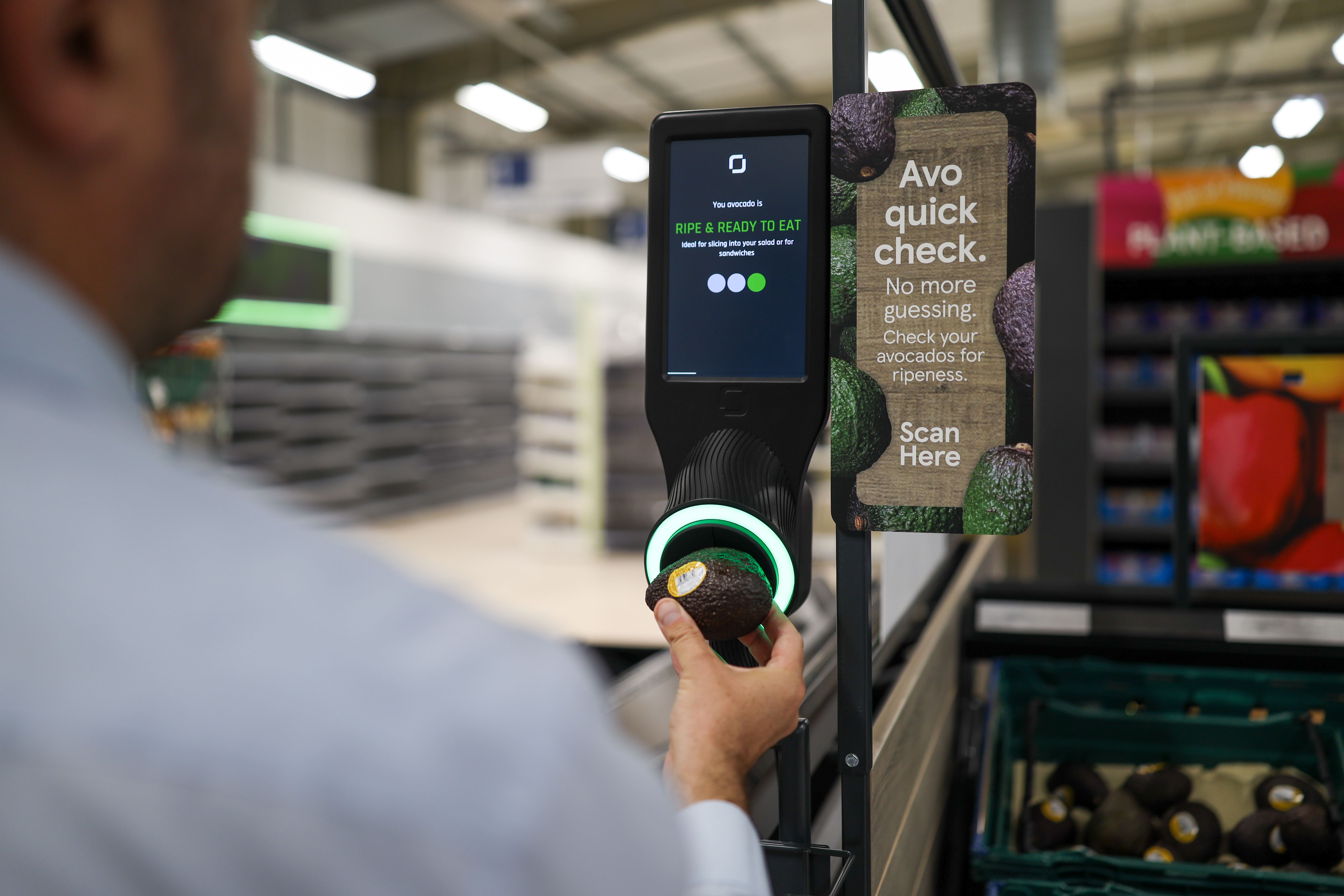Shoppers will soon be able to access a new way to check if their store-bought avocados are ripe as Tesco trials a new high-tech system.
Available in five stores from this week, the machines operate like an X-ray, reading the fruit’s internal state.
Holding an avocado in the machines scanner, it will tell customers either if their avocado is overipe, and ready to be smashed, or if it is less ripe and instead better for slicing or waiting to ripen.
Named the One Third Avocado Scanner after the Dutch company that invented it, the technology measures ripeness in a few seconds, aiming to help consumers pick the perfect fruit.
The company explains that the technology works by scanning through the avocado using light, detecting its internal state. The aim of the service is to avoid customers needing to pinch or squeeze the avocado, potentially ruining its flesh and leading to food waste.

Tesco avocado buyer Lisa Lawrence said: “The scanner will enable shoppers to choose the avocado that is right for them and which therefore can help them plan their usage and desired shelf life, thereby cutting down on waste.
“Smashed avocado on sourdough continues to be one of the trendiest snacks at the moment, garnering millions of views on social media sites for recipe ideas, so we think, for that reason, the scanner will be really popular with shoppers.”
The Tesco stores trialling the scanner will be:
Tesco said avocados have never been more popular and in the last year it sold nearly 15 million more avocados than it did in the previous 52 weeks.
The supermarket giant has worked with global avocado supplier Westfalia Fruit, based in Spalding, Lincolnshire, on the project.
Westfalia Fruit’s commercial manager Emma Howes said the scanner is “just one of many initiatives we’ve worked on over the past year”.
She said other initiatives included trialling lasered avocados which removes the plastic label from Tesco’s loose avocado lines, and rolling out cardboard and paper packaging across all Tesco’s avocado pre-packed lines.
She said this helped in “saving 20 million pieces of plastic a year”.



